Main Navigation Menu
© 2025 Tech Jacks Soutions, All Rights Reserved
© 2025 Tech Jacks Soutions, All Rights Reserved
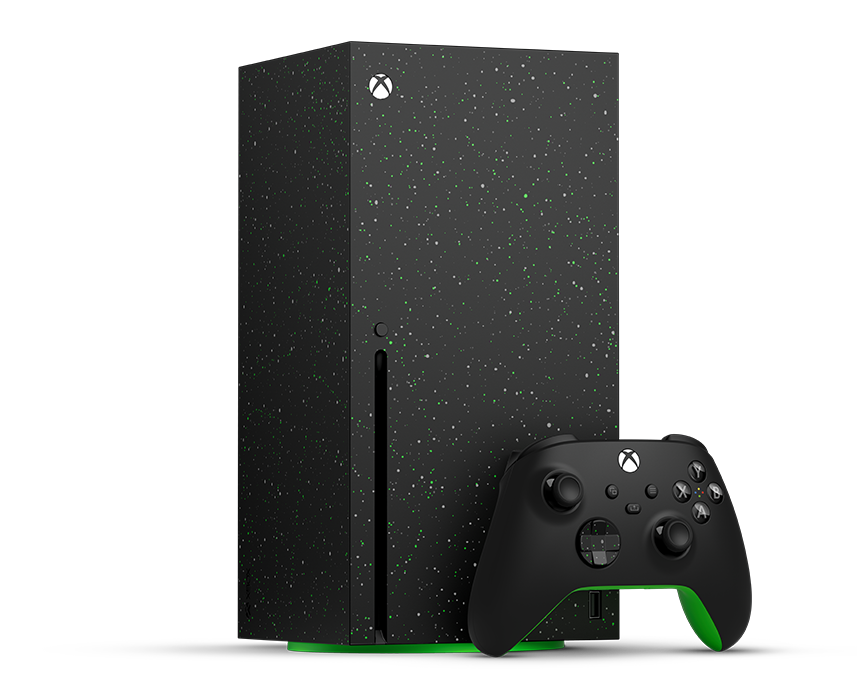
Xbox price increase problems have reached a breaking point as Microsoft announces its second console price hike in five months, pushing the Xbox Series X to $650 and creating the industry’s first $800 console with the Galaxy Black Edition. Microsoft increased the cost of its Xbox Series X|S products in response to tariffs already once this year, and today, they’re increasing it again.
The already-pricey Xbox Series X now commands $649.99, the Series S goes for $399.99 (with 512 GB of storage), and the capacious Series X 2 TB Galaxy Black Special Edition has a price tag as long as its name, at $799.99.
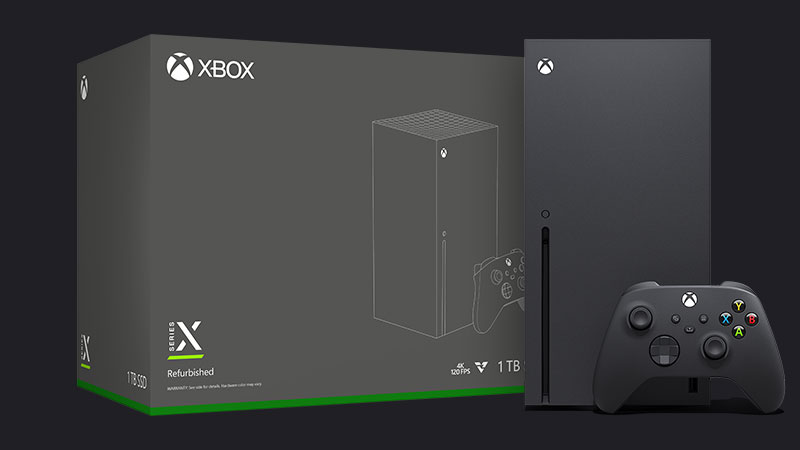
The Xbox price increase problems expose unprecedented console generation inflation that destroys gaming accessibility. The original Series X, released five years ago, is now $150 more expensive than at launch. The original Xbox Series S is $100 more than at launch. For literally nothing new, compared to launch. Absolutely insane. Microsoft has effectively increased launch pricing by 30% while providing zero additional value to consumers.
It’s the second time Microsoft has raised prices on its consoles in the U.S. this year. Rivals Sony and Nintendo have also raised console prices in the U.S. as the Trump administration’s tariffs took effect. The tariff justification fosters industry-wide pricing coordination that systematically exploits economic policy changes to increase profit margins at the expense of consumers.
We started the generation with a $500 Xbox Series X. Now, here we are with the $600. We’re going the wrong way. That’s always been the thing, right? Never in the history of gaming has something like this happened.
I’ve never seen console prices increase over the course of their lifespan rather than decrease. The price trajectory violates fundamental console economics, where hardware costs traditionally decrease through manufacturing optimization and component standardization.
The generational transformation from an affordable gaming platform to a luxury electronics brand represents a systematic abandonment of console gaming’s core value proposition. Microsoft’s pricing strategy prioritizes short-term revenue extraction over platform accessibility and market growth.
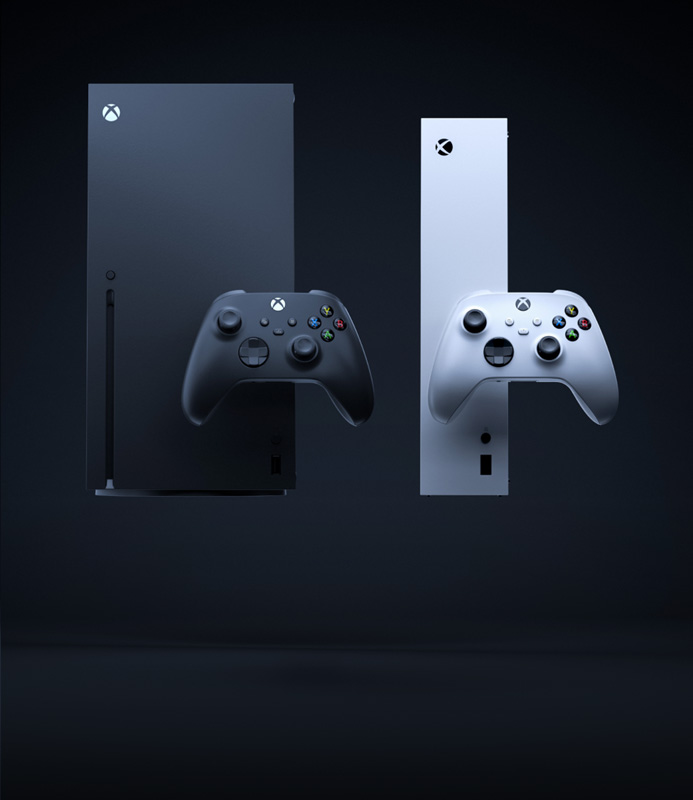
Microsoft blamed a “challenging macroeconomic environment,” but sources speaking to us suggested that it directly resulted from the United States’ tariffs on manufacturing nations, such as China.
Xbox and other electronics comprise various components subject to a patchwork of tariffs, increasing costs for Microsoft. Microsoft is passing those costs onto consumers rather than risk hurting Xbox’s profitability and, by extension, upsetting shareholders.
Let’s see, the price of Xbox systems has increased 33%. The tariff tax on China is 35%. I just can’t figure out why the price increased, and Microsoft just didn’t take a 35% loss instead of just a 2% loss. The mathematical correlation between tariff percentages and Xbox price increases reveals a corporate strategy of maintaining profit margins while consumers absorb economic policy costs.
These companies, I’ve said this in multiple videos now, should be eating the costs like as much as humanly possible. I’m sorry. Look, there’s like 20 people buying an Xbox at this point. I feel like they should make the Xboxes cheaper and cheaper and cheaper to actually compete with Sony and actually compete with Nintendo.
Microsoft’s refusal to absorb tariff costs demonstrates corporate priorities that sacrifice market competition for shareholder protection. The company’s $3.2 trillion market capitalization provides financial resources to maintain competitive pricing, yet management chooses profit margin preservation over market share growth.
The tariff explanation obscures Microsoft’s strategic decision to use economic policy as justification for price increases that exceed actual cost impacts. Corporate messaging frames consumer exploitation as unavoidable economic reality rather than deliberate business choice.
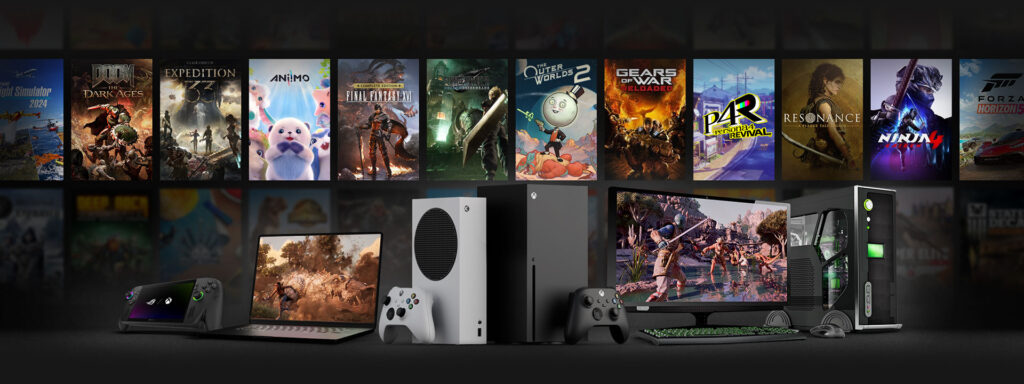
There it is, the $800 system. Now you can look at the PS5 Pro, which costs $750, and think, “Well, I want a disc drive for it.”
So that would put it over the $800 mark. really showing up just with a sticker price right there. Boom. $800. The Xbox price increase problems create industry precedent for four-figure gaming hardware that transforms entertainment consumption into luxury market positioning.
Oof! XSX is now $100 more than base PS5 and 2TB XSX is now $50 more than a PS5 Pro! Not a good look. Microsoft’s pricing strategy creates competitive disadvantages that position Xbox hardware as a premium alternative to more affordable PlayStation options, reversing traditional market dynamics.
Console ownership is increasingly concentrated among more affluent households. Data from Sarana’s US analytics shows that households with an income of $100,000 or more now make up 43% of video game hardware sales, a rise from 36% just a few years ago. The demographic shift toward high-income console ownership demonstrates systematic exclusion of average consumers from gaming hardware markets.
The $800 console price point represents crossing threshold where gaming hardware competes with major appliances and luxury electronics rather than entertainment devices. This positioning fundamentally alters consumer purchase consideration and accessibility expectations.
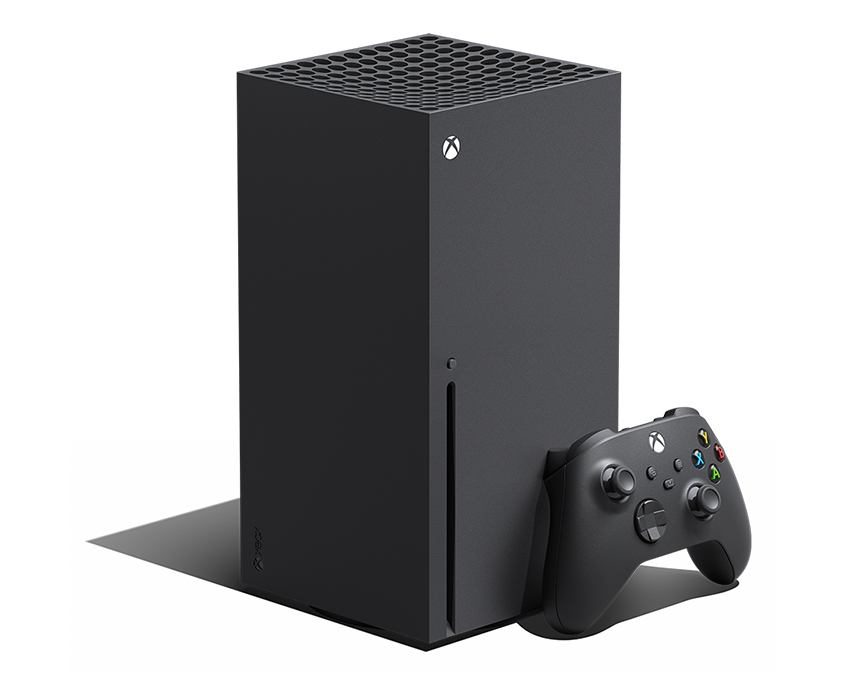
I don’t think we would see an immediate gaming crash. I think we would see what I would call a gaming recession. However, right here you can see last year in the US 12 million console units were sold, the lowest figure in 8 years.
Meanwhile, Ampear estimates that by the end of 2025, the number of active devices for PS5, Xbox Series generation will be 14 million behind what the PS4 and Xbox One achieved during the same point in their life cycle.
The company estimates that the gap will widen to 20 million by the end of 2026. The projected market contraction indicates systematic console market failure where price increases accelerate platform abandonment rather than generating revenue growth through expanded user bases.
I don’t want gaming to be a rich man’s hobby, right? There are hobbies that are only for rich people. There are those people that have crazy car collections and stuff. And I just I always like the idea that there is a high-end version of gaming, which is PC gaming, and a low-end. You can purchase a budget console or find one with a discount.
The Xbox price increase issues eliminate affordable gaming entry points while creating market conditions that exclude mainstream consumers from adopting hardware. This demographic restriction threatens the long-term sustainability of the industry by reducing the total addressable market size.
Gaming recession indicators extend beyond unit sales to engagement patterns where consumers delay hardware purchases while extending current-generation console lifespans beyond traditional upgrade cycles.
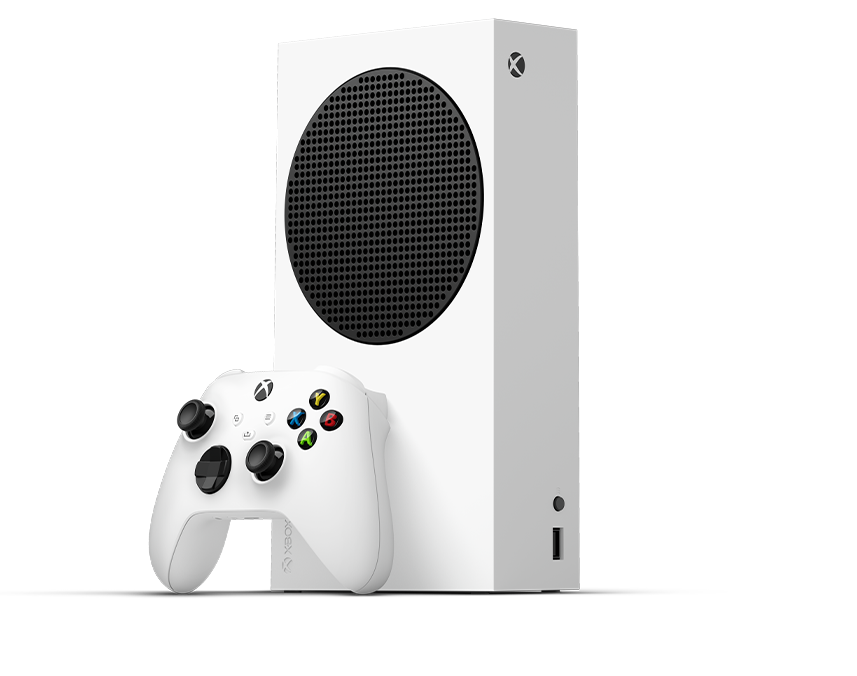
There is so little reason to buy an Xbox nowadays. Most of the once-exclusive games on the system are coming to other consoles and PC anyway. The Xbox price increase problems compound strategic failures where hardware pricing increases while software exclusivity decreases, eliminating traditional console value propositions.
Xbox has shifted away from gaming hardware toward its flagging Game Pass subscription model. While the company promised it has a new Xbox console in the works, that more powerful gaming machine may not be here for another year, at least. Microsoft’s platform strategy devalues hardware while increasing hardware costs, creating contradictory messaging that confuses consumer purchasing decisions.
But no, they now have the most expensive console. And in a lot of ways, many people think it’s the worst. It’s the least optimized compared to how many people are cranking out content on the PS5 Pro and similar devices, right? Xbox price increase problems position Microsoft’s hardware as premium-priced while delivering inferior optimization and exclusive content compared to competitors.
Competitive analysis reveals that Microsoft’s strategic mistakes include systematic pricing increases that co-occur with exclusivity reductions and optimization problems. These combined factors create compelling reasons for consumers to choose alternative platforms rather than Xbox hardware.
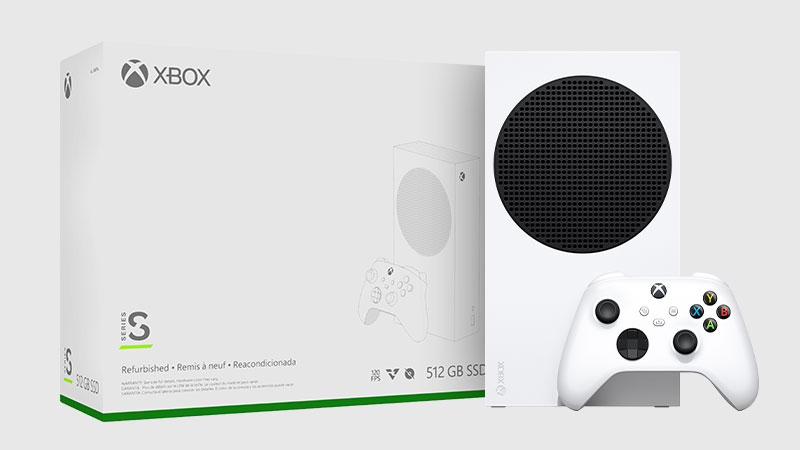
Nintendo increased console prices and recently PlayStation also increased console prices and it all has in large part to do with unique economic conditions in this current day and age. The Xbox price increase problems enable industry-wide pricing coordination where major platform holders simultaneously increase costs while citing identical economic justifications.
So, I’m thinking about Nintendo with the the Switch 2. I’m thinking about Sony with their PS5 that did already go up in price in the US 500 to 550 for the for like their flagship model that takes a disc drive and stuff that takes a disc and stuff. But I’m thinking about would would Sony have to go up to 600? Would Nintendo have to go up to 500 but the Switch 2?
The pricing precedent creates industry expectations where each platform holder’s increases justify competitor price adjustments, resulting in systematic market inflation without corresponding value improvements. This coordination pattern suggests implicit pricing agreements that harm consumer interests.
Xbox price increase problems provide cover for PlayStation and Nintendo pricing strategies while normalizing console hardware as luxury electronics rather than accessible entertainment devices.
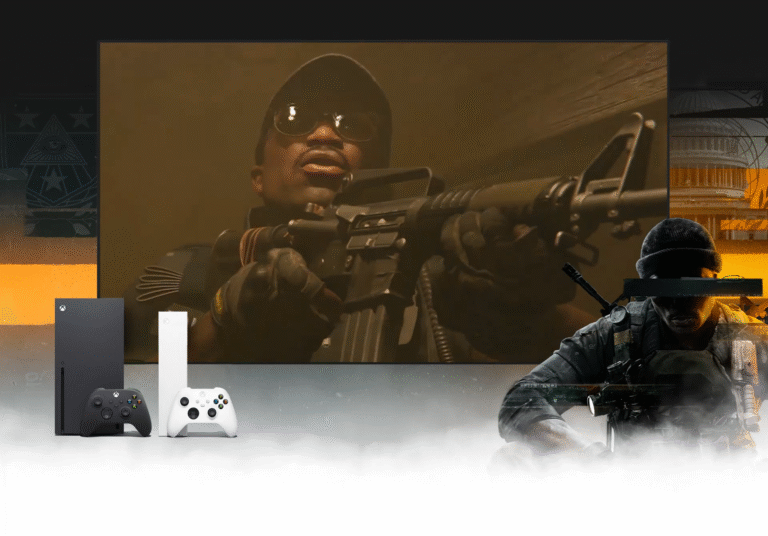
There’s absolutely no chance the PlayStation 6 launches under $700. The current rumor is that Sony’s main number pie in the sky is that they’re trying to make the PlayStation 6 under $700. That’s the rough estimate that’s circulating. The Xbox price increase problems establish pricing precedents that ensure next-generation hardware will exceed four-figure launch costs.
The next Xbox and PlayStation 6 will cost $1,000 when they launch in the US representing logical extension of current pricing trajectory where generational hardware advances combine with tariff-justified cost increases to create unprecedented console pricing.
However, if you want the real system, we’ll say the real PS6 console that’s going to do all kinds of cool stuff visually and hit high resolutions and frame rates, guys, that that might that might be a $7, $800 system. The performance differentiation strategy suggests tiered console pricing where premium models approach gaming PC costs while entry-level systems maintain current-generation capabilities.
Next-generation pricing projections indicate systematic transformation of console gaming from mass-market entertainment to luxury technology segment that excludes majority of traditional gaming audiences.
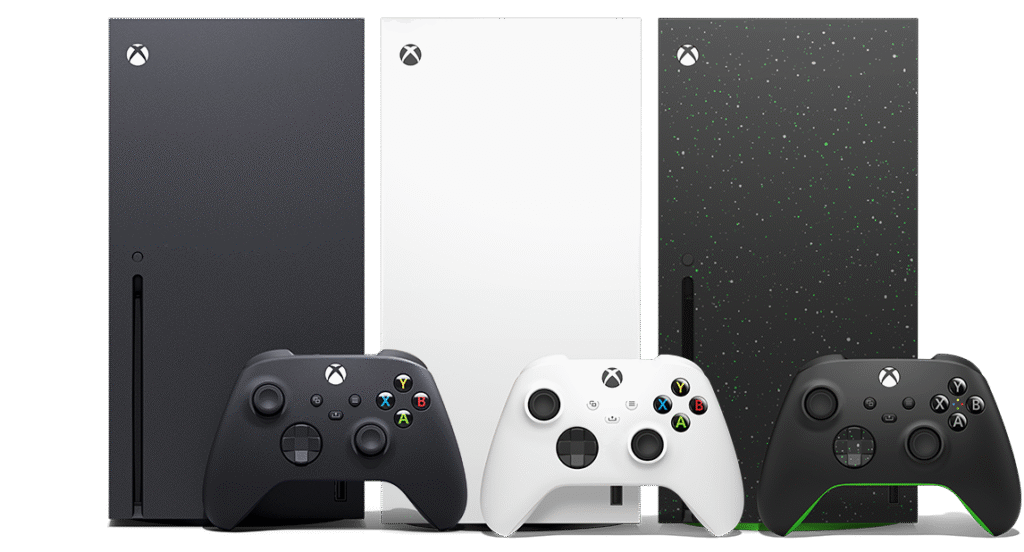
Xbox price increase problems represent the gaming industry’s most catastrophic pricing failure, transforming affordable entertainment hardware into luxury electronics that systematically exclude mainstream consumers. Microsoft’s second price hike in five months demonstrates corporate willingness to sacrifice market accessibility for short-term profit margin protection.
The $800 console milestone represents crossing threshold where gaming hardware competes with major appliances rather than entertainment devices. This positioning fundamentally alters consumer expectations, eliminating traditional console value propositions that rely on accessible high-performance gaming.
Microsoft’s tariff justification masks strategic decisions to maintain shareholder returns at the expense of consumers. The company’s $3.2 trillion market capitalization provides resources to absorb economic policy costs, yet management chooses profit preservation over competitive market positioning.
The competitive positioning disaster compounds Xbox’s strategic failures, where hardware price increases coincide with software exclusivity reductions and optimization problems. Consumers face higher costs for hardware that delivers fewer unique experiences compared to competitor platforms.
Industry-wide pricing contagion reveals coordinated cost increases across major platform holders who cite identical economic justifications while simultaneously protecting profit margins. This pattern suggests implicit pricing coordination that harms consumer interests through systematic market inflation.
Gaming recession indicators show that the Xbox price increase problems exacerbate console market contraction rather than generating sustainable revenue growth. Unit sales decline as demographic restrictions reduce the total addressable market size, threatening the long-term viability of the industry.
The next-generation pricing catastrophe represents a logical extension of the current trajectory, where $1000 console launch costs become the industry standard. This transformation excludes the majority of gaming audiences, positioning console hardware as a luxury technology rather than accessible entertainment.
Smart consumers should recognize the Xbox price increase problems as an industry warning about unsustainable pricing trends that prioritize corporate profits over gaming accessibility. Market resistance represents essential consumer protection against systematic exploitation disguised as economic necessity.
Microsoft’s Xbox pricing strategy undermines the credibility of the gaming industry while establishing precedents that enable competitors to increase their prices. The company’s short-term revenue optimization strategy threatens long-term platform sustainability by excluding key demographics and contracting the market.
Gaming deserves affordable hardware options that prioritize accessibility over corporate profit margins. Xbox price increase problems highlight how economic policy justifications enable systematic consumer exploitation while prioritizing shareholder interests over the gaming community’s needs.
